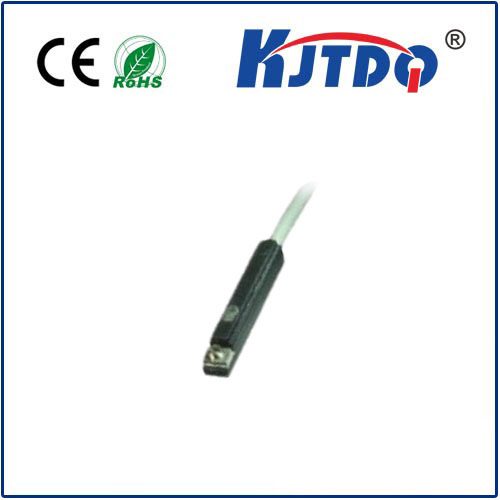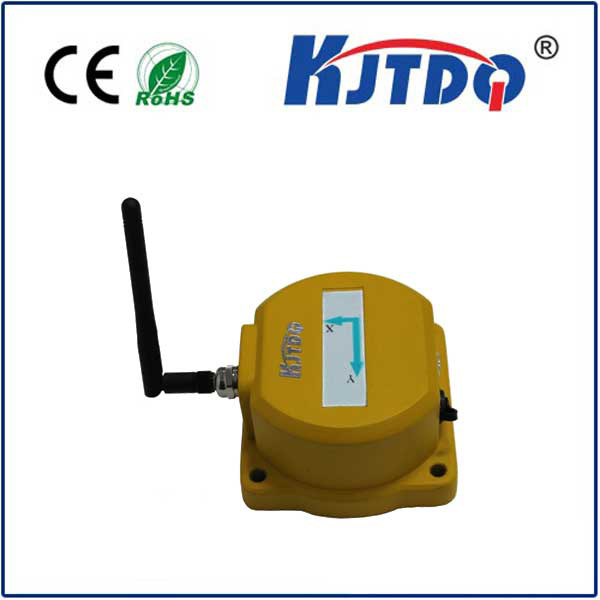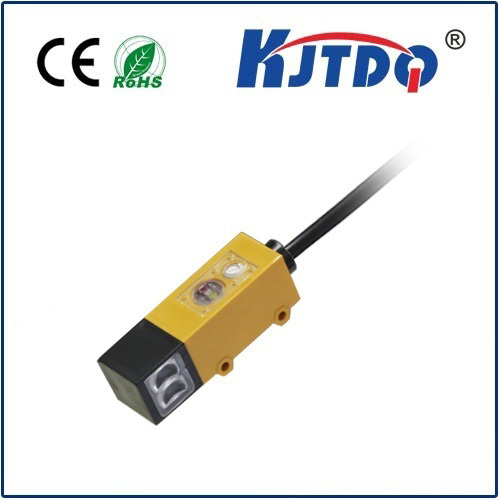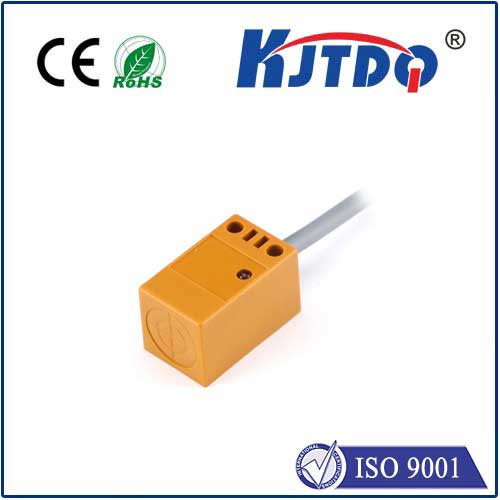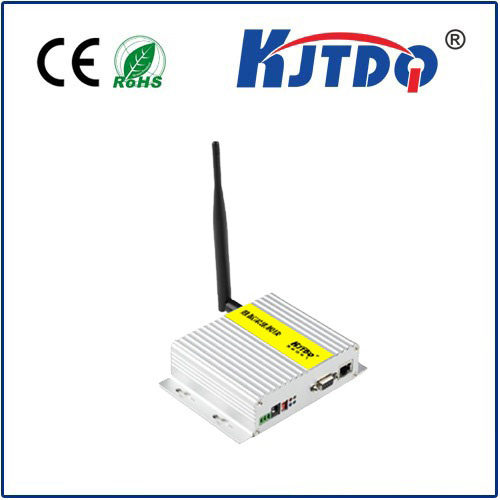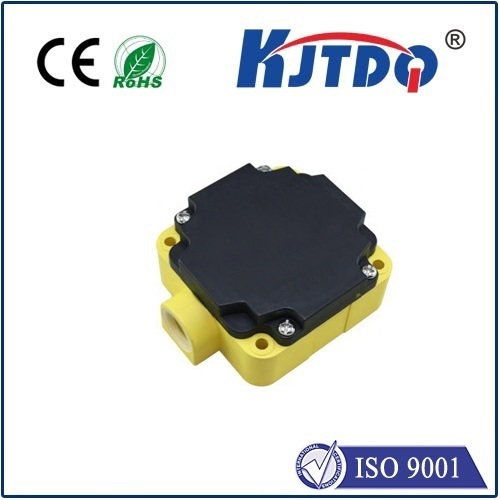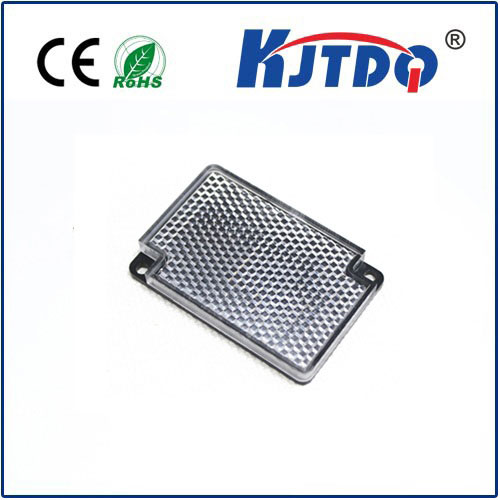
check

check

check

check
Title: The Lever Arm Switch: A Crucial Component in Inertial Navigation Systems
The realm of inertial navigation systems (INS) is a technological marvel, offering precise positioning and orientation data without relying on external references. At the heart of these systems, the concept of a lever arm switch emerges as a critical component, ensuring the accuracy and effectiveness of navigational operations. This article delves into the significance of the lever arm switch within INS, illustrating its role in alignment processes and the complex nuances surrounding its application.
At the outset, it's imperative to understand the fundamental principle that governs the lever arm switch. The switch operates based on the lever-arm effect, an influential factor in determining the transfer alignment's precision—a method pivotal for enhancing the initial alignment speed and accuracy of inertial navigation systems. The 'lever arm' denotes the physical distance between the inertial measurement unit (IMU) and the aircraft's center of rotation. Any miscalculation or error pertaining to this distance can lead to substantial navigation errors.
Embracing complexity, engineers often engage with self-calibration methods to address inner lever arms in dual-axis rotation inertial navigation systems. Such meticulous approaches ensure systems are constantly aligned with high precision, reducing discrepancies that could stem from lever arm effects. This aspect is crucial because, as demonstrated in various flight scenarios, disturbance-specific forces caused by the lever arm can significantly impact navigation outcomes.
Moreover, the influence of the lever arm extends beyond mere theoretical implications. It has practical ramifications affecting how engineers design and integrate navigation systems. By understanding the intricacies of the lever arm switch, developers can enhance the reliability of INS, making adjustments for different flight dynamics and environmental factors.
In conclusion, the lever arm switch stands as an essential element in the intricate machinery that fuels inertial navigation systems. Its subtle yet profound influence on alignment velocity, accuracy, and overall system efficacy cannot be overstated. As technology continues to evolve, so does our understanding of lever arm dynamics, promising advancements that will further refine the navigation experience. For those involved in this field, appreciating the lever arm switch's role is paramount to staying ahead in the quest for navigational excellence.
